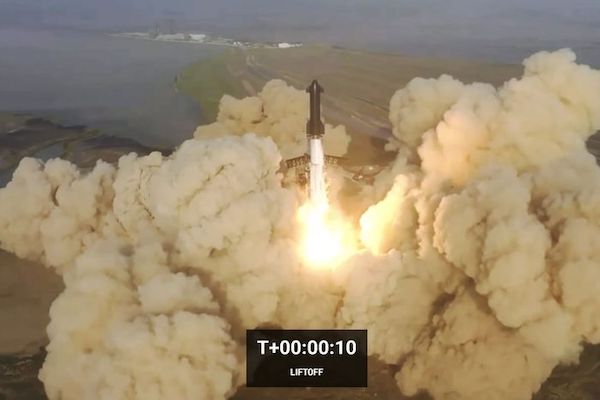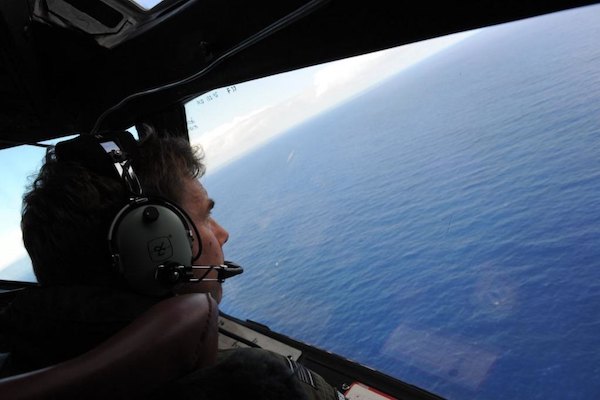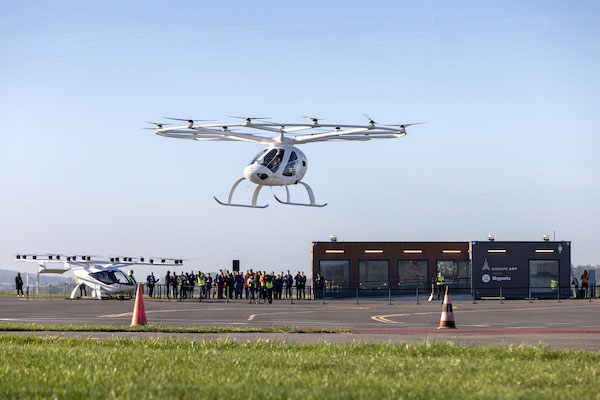
As it took off from Dillant-Hopkins Airport in Keene, New Hampshire, on the afternoon of March 3, the Bombardier Challenger 300 business jet provided an apt illustration of why private flying is so popular among those who can afford it. Dana Hyde, a 55-year-old Beltway lawyer who had served in the Obama White House, had flown up from Virginia the day before with her husband, Jonathan Chambers, and their son Elijah to visit colleges in New England.
The three passengers were able to spread out in a cabin that accommodates up to 16. The trip, which would have taken more than eight hours by car, would be less than an hour, with no hassles at airport security, waiting in line to board, or juggling their schedules to match the airline’s — they just told the pilots when they wanted to go, where they wanted to go, hopped on, and left. After a brief delay due to an aborted takeoff attempt, the plane lifted off from Keene at 3:36 p.m., according to publicly available location data. It was a good day for flying: Winds were calm, the temperature a seasonally mild 44 degrees. Given the jet’s cruising speed, the family could expect to be on the ground at Leesburg Executive Airport by 4:30 p.m. From there, it would be a 30-minute drive to their home just across the state line in the affluent riverside village of Cabin John, Maryland.
A two-day private jet trip like this costs about $25,000 to book from a charter company, but the family had the plane at its disposal because Chambers is a partner in Conexon, the consulting company that owns the plane. A onetime Republican staffer for the Senate Committee on Commerce, Science and Transportation, Chambers had joined the Federal Communications Commission in 2012 and assisted in rewriting the rules for how the government helps subsidize telephone and cable services in rural communities. In 2016, he left government service and co-founded Conexon to help cable companies take advantage of the rules he had written.
Hyde had an even more impressive résumé. Born to a single teenage mother, she grew up in rural eastern Oregon, then attended UCLA and got her law degree at Georgetown. From there, her star rose quickly. She worked as a White House special assistant during the Clinton administration, then served on the 9/11 Commission. After a spell at the State Department, she was picked by the Obama administration to head the Millennium Challenge Corporation, an independent agency set up during the Bush years to fight global poverty by funding projects in countries that follow free-market economic policies. Having come from modest means herself, “working to fight global poverty” was important to her, Hyde said at her Senate confirmation hearing, but so was efficiency. “I believe in data-driven, cost-effective policies. I want the American people to always get their money’s worth from anything their government does on their behalf,” she testified. Confirmed unanimously, she steered the agency and its billion-dollar budget from 2013 until 2017. She thereafter worked as a partner at a Jerusalem-based venture-capital firm and was co-chair of the Aspen Partnership for an Inclusive Economy.
A gentle breeze was blowing from the south as the plane rose from the 6,000-foot runway. It banked to the left as it climbed over the foothills of the White Mountains, then leveled its wings to follow the course of the Connecticut River southward. What happened next can be pieced together from a report released a month later by the National Transportation Safety Board.
Continue reading New York: When Flying Private Kills




